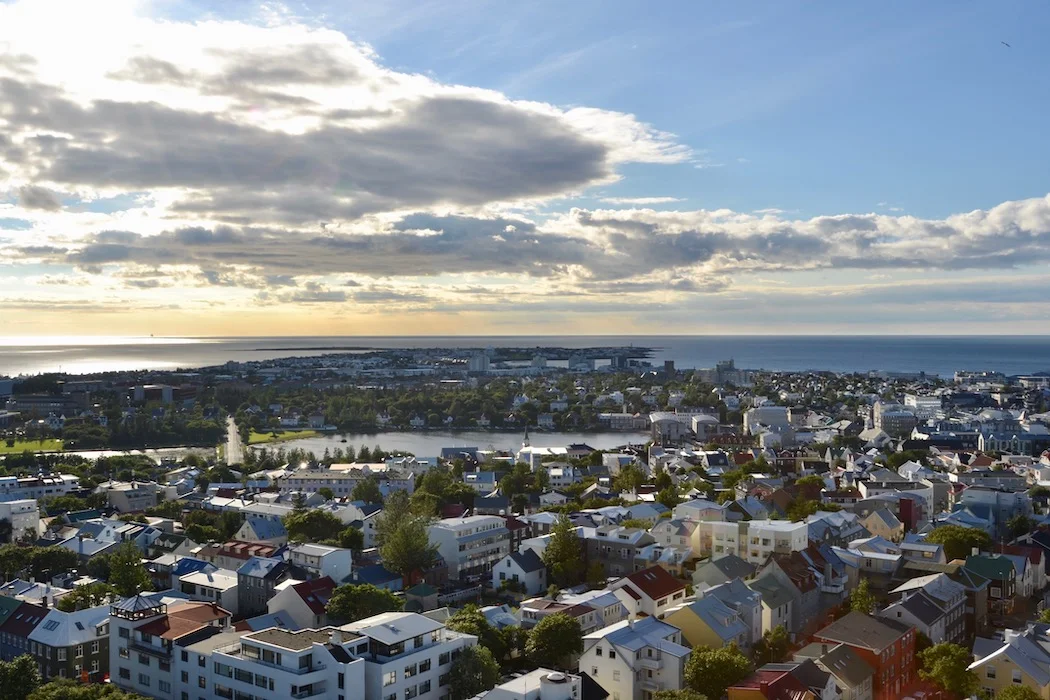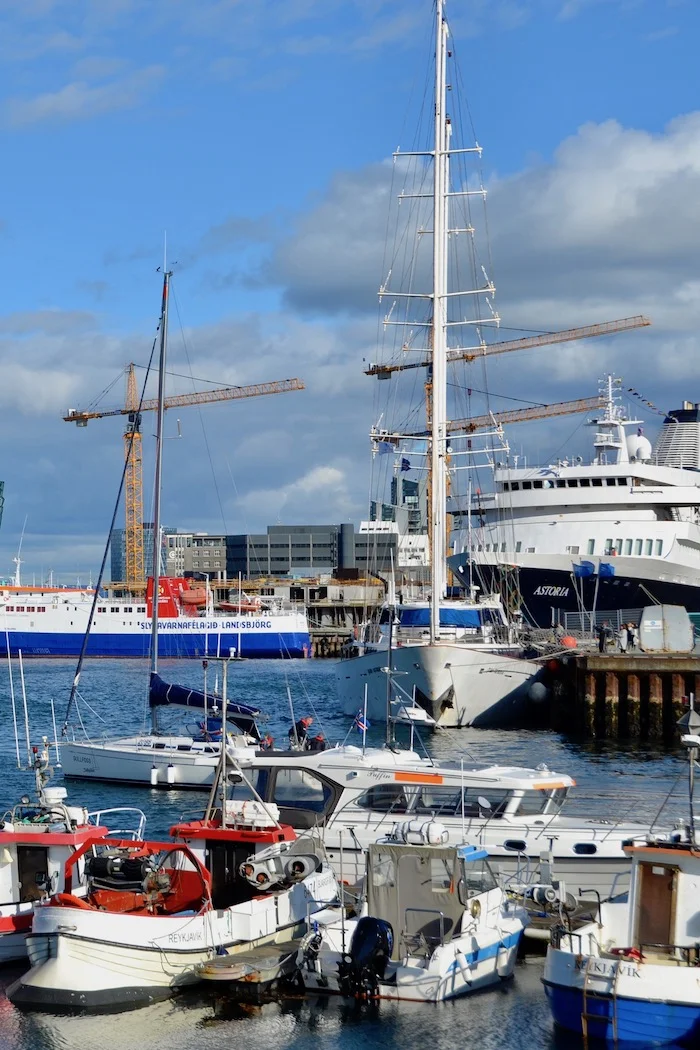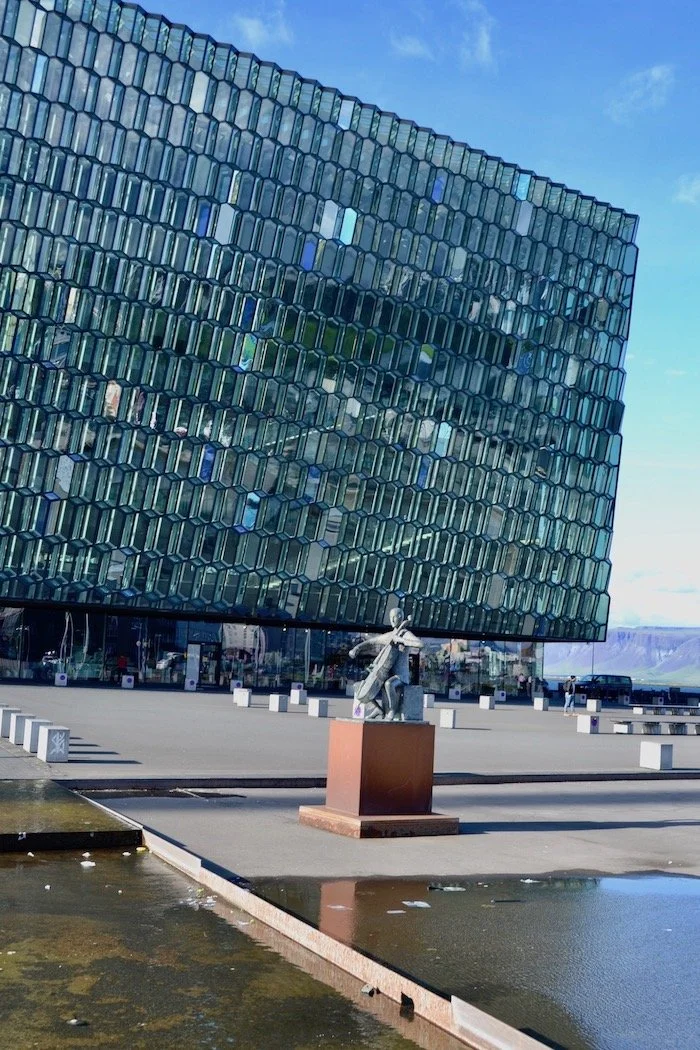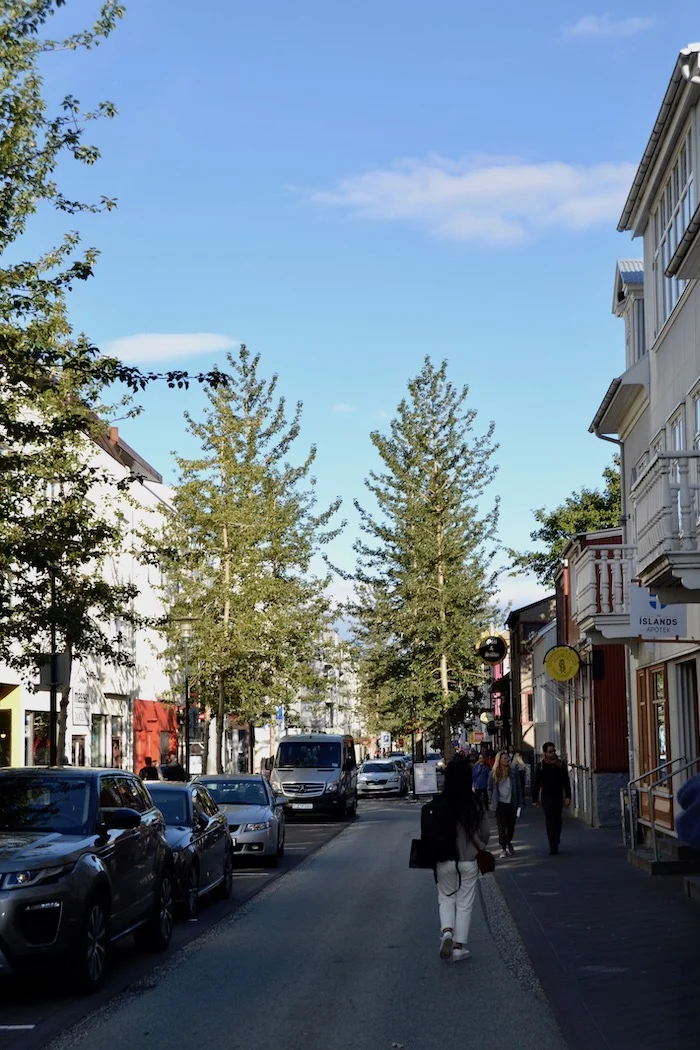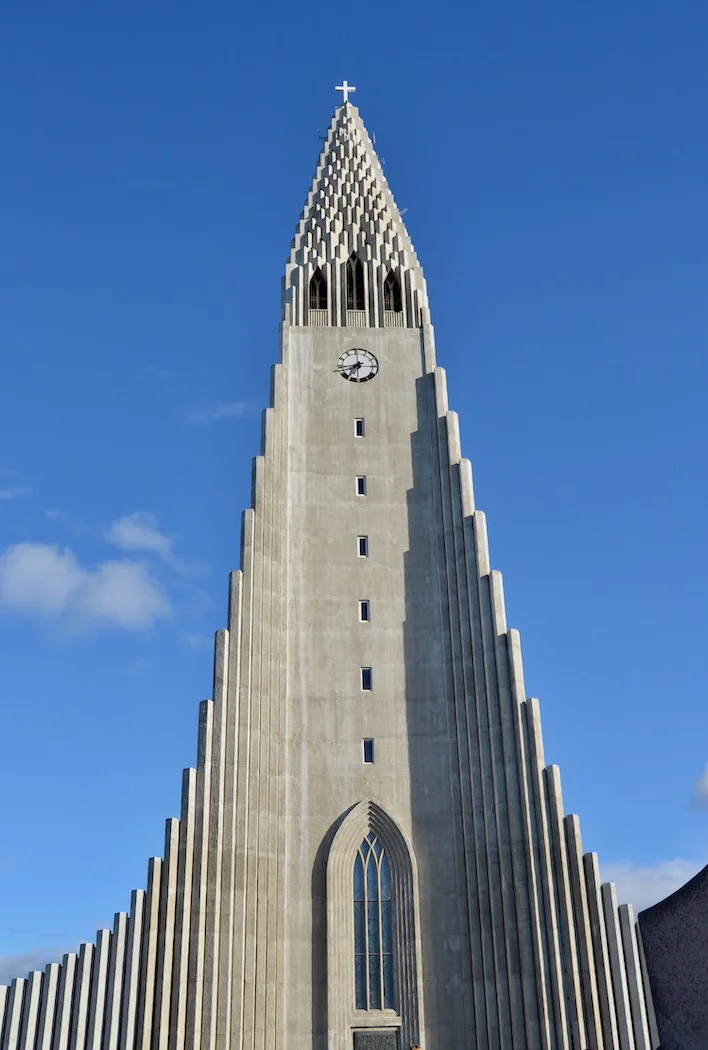Remote Reykjavik
Sun Voyager at Reykjavik Harbor looks like a Viking ship
“…the place is magical- it’s so far north, so remote, that it feels like you’ve left this world...” ― Julia London
Reykjavik is the world’s northernmost capital of an island nation that is truly a world apart due to its remote location, far from both mainland Europe and North America at the juncture of the North Atlantic and Arctic Oceans. A first view of the lunar-like landscape surrounding the city is nothing short of surprising, even if it is expected. Equally surprising though expected, is just how much the midnight sky lights up the mountains across the bay during the summer months. Other superlatives also apply to this small, cozy city: Reykjavik is the most gender-equal, the greenest, the safest, the most internet-connected, and the most literate capital in the world, where more than one-third of the country’s population of 340,000 resides.
The first settlers landed here, according to the ancient manuscript “Landámabók”, in their sailing ships from Scandinavia in 874AD. They are believed to have built their traditional turf houses and workshops on the banks of Lake Tjörnin, where Reykjavik’s city hall now stands. This southwest location on the island was chosen for the numerous hot springs, which were used during that era simply to keep warm in winter and are now used to power energy stations and to thermally heat the city’s numerous public pools that the residents enjoy all year round.
For 900 years, Reykjavik had no urban development and its founding date as a trading center isn’t until 1785. It is the steam from the hot springs that gave the town its name, Bay of Smoke. The port on the bay has always served as the nucleus of the country’s seafaring history and of its fishing trade. Thanks to the Marshall Plan following WWII, fishing was industrialized, finally allowing Iceland to progress from subsistence to prosperity. Now, the port also houses the architecturally delightful modern glass Harpa Concert Hall, as well as a weekend flea market offering local crafts and delicacies. In the nearby former fish packing district, the old shacks have been turned into restaurants, cafés, hip shops, start-up workspaces, a museum, and a brewery.
The city’s oldest section, called 101 for the postal code, is the heart of Reykjavik and best known for its narrow streets, colorful houses of corrugated metal, and the main shopping street. There are also pocket parks to linger in and thought-provoking street art to admire. Austurvöllur Square in front of the parliament building is known as a gathering spot on sunny days and for national celebrations. It also laid the stage for the multiple rallies that took place after Iceland’s economy crashed in 2008.
Watching over the city from its highest point is Hallgrims Church, where construction began in 1945. The design is reminiscent of the basalt lava columns that line much of the island’s south coast, and the tower affords grand 360° views of the city and surrounding countryside. In front of the church, stands a large statue of Leif Eriksson, son of Iceland, and discoverer of Vinland in North America. It was erected to commemorate the 1000-year anniversary of the Icelandic parliament the Althingi, which first convened outside of Reykjavik in 930AD.
Don’t miss:
The spectacular views from atop Hallgrims Church.
Lunch Tip:
Shippbarinn at the Reykjavík Marina for excellent international fare in a cool environment.
Bedtime:
Hotel Reykjavík Marina, a Scandi modern hotel near downtown with fantastic views.
Subscribe for inspiration to have my posts drop directly into your inbox. *If you enjoyed what you read, please share this post with like-minded travelers.*
*All photographs are mine, taken with my Nikon D3100 or iPhone 8.*


